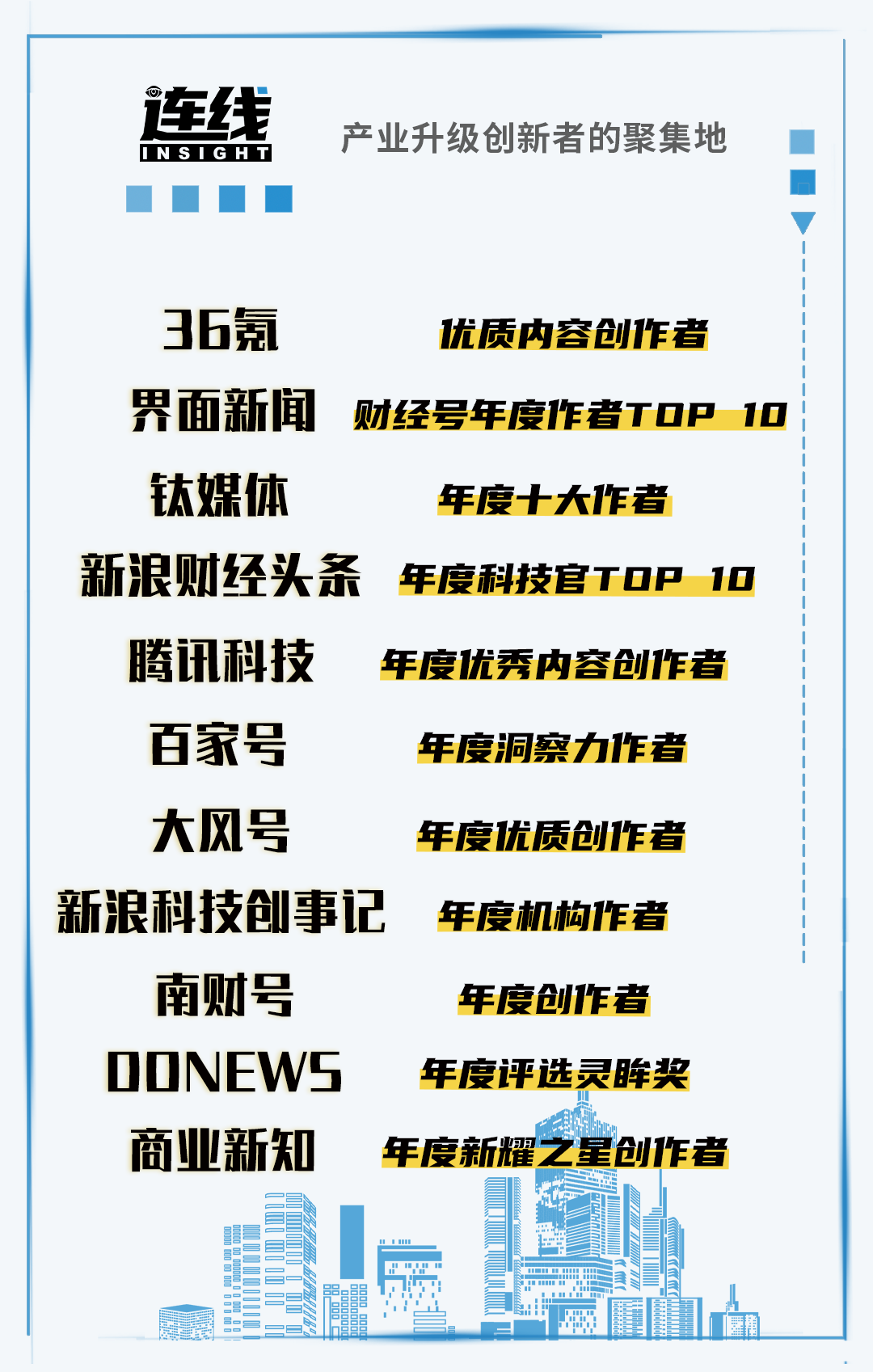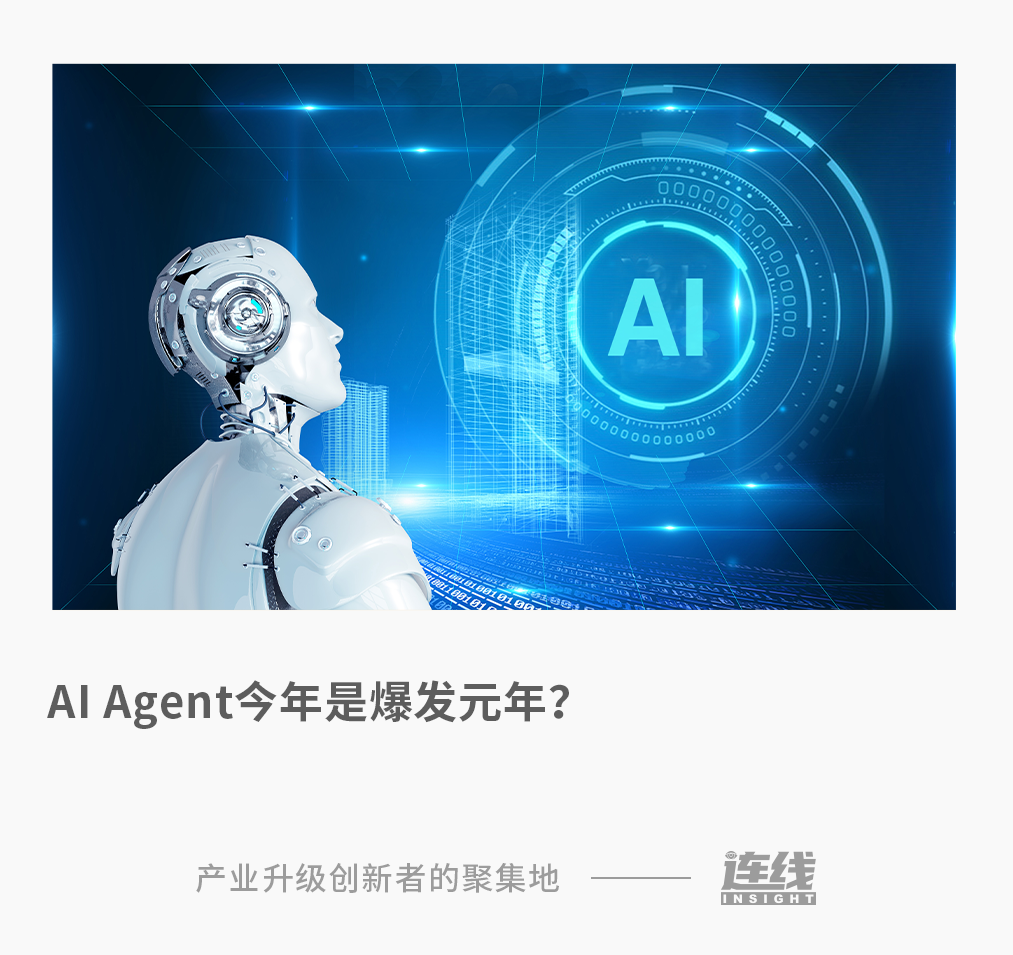 Written by Wang Huiying Edited by Ziye
Written by Wang Huiying Edited by Ziye
What form is closer to AGI: a large model that can think or an agent that can interact through actions?
As technology continues to advance and applications are being implemented, the way humans interact with machines is undergoing a paradigm shift. The answer has become a combination of both—AI Agents.
An AI Agent, also known as an AI intelligent agent, is an entity that can perceive its environment, make decisions, and execute actions. Compared to applications like GPT, AI Agents are more similar to humans in their thinking and action processes, representing a primitive form of AI robotics.
In the past three years, large models have demonstrated astonishing capabilities in natural language processing and image generation. However, as the parameter scale exceeds hundreds of billions, the curse of diminishing marginal returns begins to manifest: the model’s understanding remains at a superficial semantic level, and complex task execution relies on manual instruction breakdown, leading to a “toy-like” predicament in application implementation.
More importantly, user expectations for AI have long surpassed simple Q&A they need an assistant that can think proactively. This mismatch between supply and demand has provided an opportunity for the explosion of AI Agents. AI Agents are like AI assistants that can perceive, understand, and act.

Especially with the arrival of the year of large model applications, the implementation of technology has become a highly discussed issue, and many view AI Agents as the ultimate paradigm for this round of AI technology implementation.
Last year, a report released by market research firm Research and Market indicated that the market size for AI Agents will increase by $42 billion over the next five years. McKinsey also stated that AI Agents will be the next frontier of generative AI.
As we enter 2025, from OpenAI’s Operator to China’s AI company Butterfly Effect’s Manus, to the competition among large companies and unicorns, a race around AI Agents has quietly begun.
This race is bound to be challenging. The exponential growth of computing costs, hallucination errors in multi-turn dialogues, and the complexity of scene implementation… like every technological storm, these are common challenges faced by industry players.
As Bill Gates once said, “Whoever can dominate AI Agents will be a big deal. Because you will never have to search websites or Amazon again.”
From the laboratory to the industrial front, the imagination of AI Agents is vast. In the game between technology and reality, accurately and swiftly implementing them to provide users with a reliable AI assistant is the key point of this competition.
 From Operator to Manus,
From Operator to Manus,
Why are AI Agents exciting?
“Looking for a Manus invitation code.”
Last week, the tech circle was certainly familiar with this name. Just as ChatGPT and DeepSeek exploded in the model layer, new explosions are also occurring in the application layer.
This product, claimed to be the “world’s first general-purpose AI Agent product,” was launched by a Chinese AI startup. According to the team, Manus is a truly autonomous AI Agent capable of solving various complex and changing tasks.
The product has not yet been fully opened to the public, and the internal testing code is hard to come by, leading to peak curiosity about Manus in the market. What is this magic?
A crucial point is that Manus demonstrates more “human-like” capabilities.
 Image source: Manus official website
Image source: Manus official website
Manus operates entirely in an independent virtual machine, capable of independent thinking, planning, and executing complex tasks, directly delivering complete results. Upon receiving user instructions, it can directly operate the computer to complete a series of tasks such as report writing and spreadsheet creation, ultimately exporting products that meet user needs.
When screening resumes, Manus automatically unzips files, uploads resumes, browses resumes, records important information, provides automatic ranking suggestions, and can categorize candidates into different levels based on important dimensions such as work experience.
In other words, Manus demonstrates further self-thinking and self-planning capabilities. Unlike ordinary large models, Manus not only provides ideas but also helps users turn ideas into reality and solve practical problems.
Behind this, Manus’s core competitiveness lies in its full-link autonomous execution capability—Multiple Agent architecture. Manus uses a multi-agent collaborative architecture of “planning-execution-verification,” where users do not need to guide conversations or provide suggestions; they only need to wait for Manus to directly deliver complete task results.
Overnight, Manus seems to have revolutionized OpenAI and Anthropic.
In fact, the market’s earlier perception of AI Agents came from OpenAI and Anthropic.
In January of this year, OpenAI launched its first AI Agent, Operator, based on the Computer-Using Agent model. Operator can execute tasks in the cloud based on user instructions, such as ordering food, making plans, and shopping.
A month later, OpenAI launched the Deep Research agent aimed at deep thinking, which, compared to the Operator AI assistant, acts more like an “AI researcher” that can reduce tasks that originally took humans eight hours to just five minutes, helping people save several hours or even days at work.
Founded by former OpenAI research vice president Dario Amodei and Tom Brown, the first author of the GPT-3 paper, Anthropic took action in the AI Agent space even earlier. In October last year, Anthropic launched the extended function Computer Use based on the Claude model, allowing users to guide Claude to operate the computer like directing a human, including moving the cursor, clicking buttons, and entering text.
Notably, Manus’s emergence has reminded many of Devin, the world’s first AI software engineer launched by Cognition AI last year. Devin is also an autonomous Agent capable of independently learning unfamiliar technologies, building and deploying applications end-to-end, fixing bugs, and even training and fine-tuning its own AI models.
In an emerging track, while first-mover advantage is certainly important, as everyone is making efforts, usability becomes a new standard for evaluation.

The working principle of AI Agents generally involves four steps: perception, information processing, execution, and output. Among these, to truly transform AI Agents into human-like AI assistants, both efficiency and accuracy are crucial, which is also the reason for Manus’s current popularity.
According to Manus’s official introduction, Manus achieved breakthrough results in the GAIA benchmark test, with an accuracy rate for solving complex problems 12% higher than similar products from OpenAI.
From Operator to Manus, the fire of AI Agents is clearly burning brighter. Essentially, the excitement in the market for AI Agents stems from their leap from passive response to proactive execution. When AI begins to break through the cognitive layer and shift to the action layer, the AI era may truly arrive.
 Large companies and unicorns are collectively accelerating,
Large companies and unicorns are collectively accelerating,
Is this the year of the explosion for AI Agents?
This year, the wave of large models triggered by ChatGPT has not yet subsided, and AI Agents are also ushering in their year of explosion.
Recently, Baidu’s founder Li Yanhong suggested that 2025 may become the year of the explosion for AI Agents. The emergence of reasoning large models with astonishing deep thinking capabilities will drive an important application direction for artificial intelligence, namely the implementation of “AI Agents.”
Looking at the entire industry, it is a consensus that AI Agents are at the forefront. Market research firm Gartner has listed Agentic AI as one of the top ten technology trends for 2025, predicting that by 2028, at least 15% of daily work decisions will be autonomously completed by Agentic AI. Deloitte’s AI Research Institute states that AI Agents will change fundamental business models, achieving new ways of work, operations, and value delivery.
Unlike conversational AIs like GPT, AI Agents can independently plan tasks, call tools, and deliver results like human assistants. If large models give AI a “brain,” then AI Agents give AI “hands and feet.”
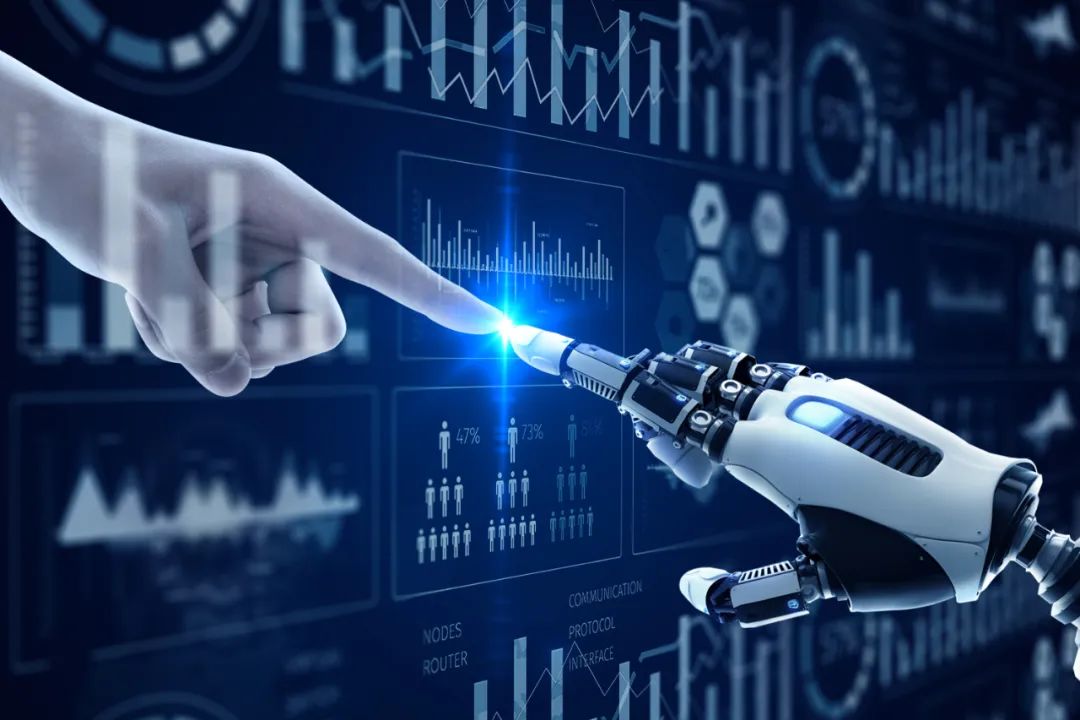
Quietly, the competition in the AI field has shifted to a more imaginative battlefield—AI Agents. In this domestic race, tech giants and AI unicorns remain the two main protagonists.
The strategy of large companies is to empower their businesses with AI Agents, improve the AI application ecosystem, and enhance their competitiveness in the AI era.
Baidu, which is strong in the AI field, has been the most active. Since last year, Baidu has repeatedly announced progress in AI, with intelligent agents being a repeatedly mentioned keyword. Baidu has applied intelligent agents to various scenarios in its mobile ecosystem, including Baidu’s new search, Baidu Wenku, Baidu e-commerce, and Wen Xiaoyan products.
Among them, the Wenxin intelligent agent has attracted 150,000 enterprises and 800,000 developers to participate. According to Baidu, the Wenxin intelligent agent has brought five new capabilities to Baidu search: multi-turn dialogue, super brain, creative upgrades, human-like experience, and diverse recommendations.
On the other hand, Alibaba has recently focused its AI Agents on the To C field, releasing and open-sourcing the reasoning model Tongyi Qianwen QwQ-32B not long ago, integrating it into the Tongyi APP. On March 10, the Tongyi App was upgraded, launching a super intelligent agent. The Tongyi App uses the super intelligent agent as the interaction hub, allowing users to ask and chat on the Tongyi homepage, and the super intelligent agent can also understand images, generate images, translate, write, and perform other complex functions.
Also focusing on the C-end is Tencent. At Tencent’s 2024 employee conference in January, Tencent founder Ma Huateng stated that Tencent will continue to invest resources in computing power reserves, hoping that various business units can embrace the productization of large models. This includes launching AI Agents for products such as WeChat, QQ, input methods, and browsers, while games, WeChat Reading, and Tencent Video will also explore more AI based on mixed elements.
Compared to BAT’s intelligent agents based on their deep thinking large models, ByteDance’s intelligent agents seem to be chasing OpenAI. Just two days before the release of Operator, ByteDance’s Doubao large model team had already announced a similar intelligent agent, UI-TARS, which has similar functions to Operator. The recognition process is based on visual models and reasoning, capable of automatically completing complex operations across applications step by step and compatible with various systems.
Moreover, leveraging advantages in computing power and data, large companies are generally developing in a closed-loop manner across three areas: model end, application end, and intelligent agent development platform.
In terms of one-stop intelligent agent development platforms, ByteDance’s Kouzi, Tencent Cloud’s Tencent Yuanqi, Baidu Intelligent Cloud’s Qianfan AgentBuilder, and Alibaba Cloud’s large model platform Bailian have all been launched.
Among AI unicorns, Zhipu is the earliest startup to explore Agents. In October last year, it launched the autonomous intelligent agent AutoGLM; a month later, at the Agent OpenDay, Zhipu showcased the latest achievements of AI Agents, including AutoGLM, AutoGLM-Web, and GLM-PC, corresponding to mobile, browser, and computer application scenarios.
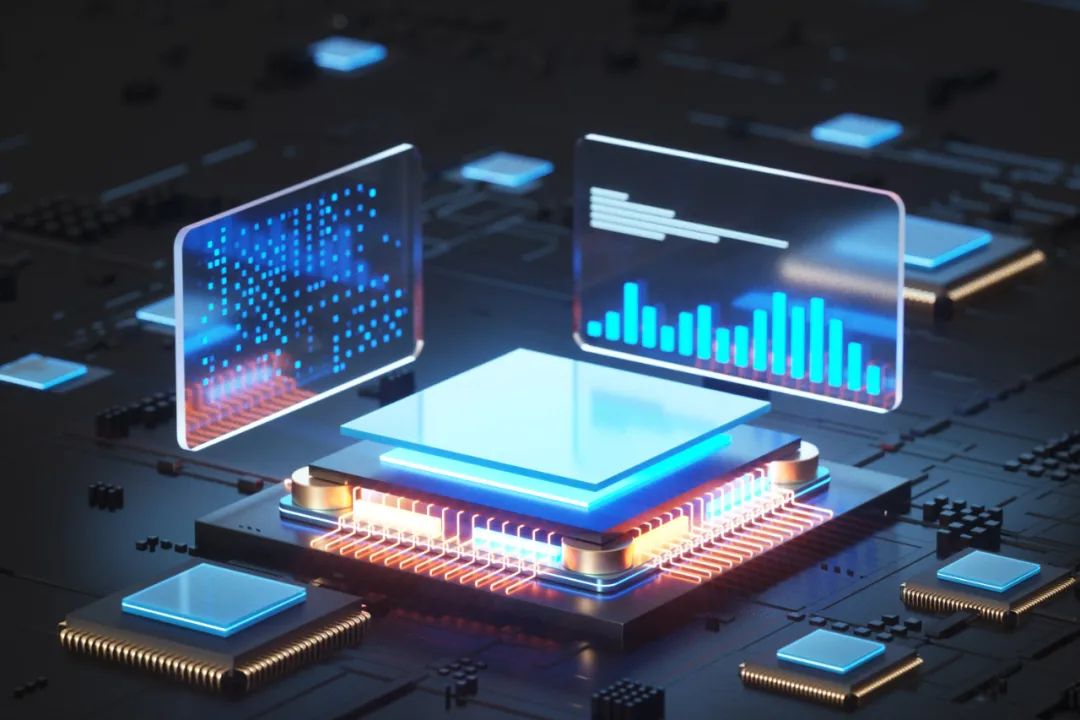
It is reported that the newly upgraded AutoGLM can understand ultra-long instructions and execute ultra-long tasks, with speed performance exceeding manual operations in multi-step and loop tasks. In January of this year, the official version of Agent GLM-PC 1.1 was launched, with improvements in operation speed and task success rate.
It is important to note that after the hundred-model battle in 2023 and the application competition in 2024, the industry elimination race is intensifying, and for startups, the choice of implementation routes in 2025 is crucial.
On February 21, Jietiao Xingchen announced its focus on intelligent terminal Agent direction. Jietiao Xingchen deepened its cooperation with companies such as Geely Automobile Group, OPPO, and Zhiyuan Robotics, especially in the development of intelligent terminal Agents, while also showcasing innovations and applications in finance, content creation, new retail, and digital humans.
In May last year, Kimi from the Dark Side of the Moon launched the Kimi+ intelligent agent store, which has more than 20 intelligent agents provided by the official.
Compared to internet giants, AI startups’ approach to intelligent agents is to combine their model capabilities with intelligent agents to launch more scene-based implementation solutions, seeking paths for commercial monetization.
As technology continues to develop and the market matures, competition in the AI Agent field will become increasingly fierce, and products from various companies will continue to iterate and upgrade to meet the growing demands of users.
 Great imagination, but implementation is not easy
Great imagination, but implementation is not easy
The sudden popularity of Manus has caught its team off guard.
Recently, Zhang Tao, the product head of the Manus AI team, stated in a social media post, “This was originally a sharing of phase achievements in a product exploration process, so the server resources were prepared to match demo levels, and we never expected it would cause such a huge wave.”
The background of this statement is that after Manus’s explosive popularity, numerous doubts have arisen regarding its general-purpose “shell” suspicion, website lag, and more. The so-called “shell” refers to Manus’s lack of the capability to develop its underlying large model, with its model capabilities mainly derived from Anthropic’s Claude.
The Manus team has stated that the current Manus is still far from the experience they want to deliver in the official version. “There is still a lot of room for improvement in areas such as model hallucinations, deliverable friendliness, and operational speed.”
In fact, Manus’s predicament is a microcosm of the current AI Agent track.
First and foremost is the AI hallucination problem. OpenAI’s Operator may generate incorrect conclusions due to data contamination; although Manus performs smoothly in demonstrations, it often fails to complete tasks such as ordering food or making payments in actual applications due to system permission restrictions.
These so-called hallucination problems are currently unavoidable in AI technology. The hallucination rate of DeepSeek-R1 is as high as 14.3%, while GPT-4.5 has a hallucination rate of 7.1%. To some extent, the hallucination capability of AI is positively correlated with its reasoning ability. This means that the smarter the AI, the stronger the likelihood of hallucination.
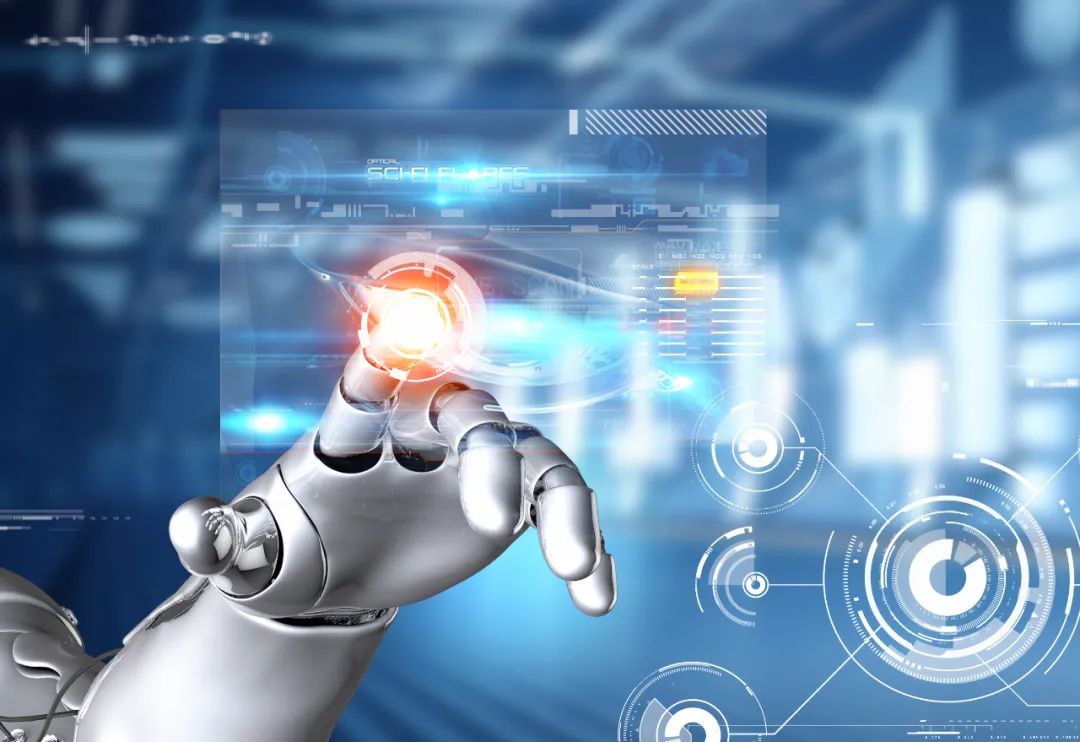
This is undoubtedly a major challenge for AI Agents. As AI assistants aimed at improving efficiency, the ultimate demand from users is accuracy, and hallucination issues may lead to multiple steps such as checking and rechecking, which will inevitably become a major obstacle to the explosion of AI Agents.
Especially in high-risk fields such as finance, healthcare, and law, any error could trigger a storm, which also limits the scene implementation of AI Agents.
More importantly, compared to conversational GPT, a significant advancement of AI Agents is their “memory.” The general-purpose Manus Agent possesses “memory capabilities”; if a user previously requested “to present results in a table,” it will proactively generate an Excel file in the next task. Once hallucination issues arise, the practicality of AI Agents as tools will also be called into question.
Essentially, the source of hallucination problems lies in the lack of data. Just as humans learn and evolve through theory and practice in the process of social development, AI also needs continuous data feedback to evolve, and data training relies on actual application implementation.
In terms of actual applications, C-end intelligent agents are mostly positioned as intelligent assistants, capable of understanding user intentions through voice command reading and simulating human behavior to complete basic daily needs and tasks such as booking flights, ordering takeout, and screening resumes.
At this point, user retention and mindset cultivation become issues. General-purpose Agents like Manus may find it challenging to perform in vertical scenarios. Human society is composed of numerous specific scenarios, the complexity of which is unimaginable, and the extent to which general-purpose Agents can play a role in users’ actual lives remains unknown.
On the other hand, B-end intelligent agents need to provide more professional and customized services. In B-end scenarios, Agents can act as digital employees, personal assistants, marketing customer service, and other roles, truly creating value for enterprises.
Some voices suggest that the B-end Agent market is likely to scale up first. Specifically, according to The Information, OpenAI plans to launch a customized version of Agent for professionals to execute advanced tasks such as sales lead classification, software engineering, and doctoral-level research. For “high-income knowledge workers,” it will cost $2,000 per month; for software development, $10,000 per month; and for doctoral research agents, $20,000 per month.
From the current development trend, AI Agents are most likely to land in enterprise services and office scenarios first. In the enterprise service field, AI Agents can help companies achieve automation and intelligence in business processes, reducing labor costs and improving work efficiency. In office scenarios, AI Agents can become intelligent assistants for employees, assisting in various office tasks and enhancing the office experience.

IDC predicts that by 2026, 50% of the data teams in China’s top 500 companies will use AI Agents for data preparation and analysis, becoming important organizers and coordinators; 40% of the top 500 companies in China will achieve a combination of data intelligence and AI model intelligence to unify comprehensive governance policies, practices, and technologies for AI models and data.
However, to truly serve as AI assistants for enterprises, there are still many challenges. The business processes and needs of enterprises vary, and how to seamlessly integrate AI Agents with existing systems and business processes is a key issue.
This requires AI Agents to have a high degree of customization and compatibility, able to flexibly configure and adjust according to the specific needs of enterprises. At the same time, enterprises place great importance on data security and privacy protection; AI Agents must ensure the security and confidentiality of data when handling enterprise data to prevent data leakage and misuse.
Implementation is certainly not easy; it requires continuously expanding computing power, data, and scenarios as support. Fortunately, market enthusiasm has already been ignited, and players are all striving to “let AI help people do things.”
As large models and Agents deeply integrate, a more intelligent, proactive, and personalized AI era is accelerating. This time, both unicorns and large companies are racing forward, unwilling to fall behind the times.
